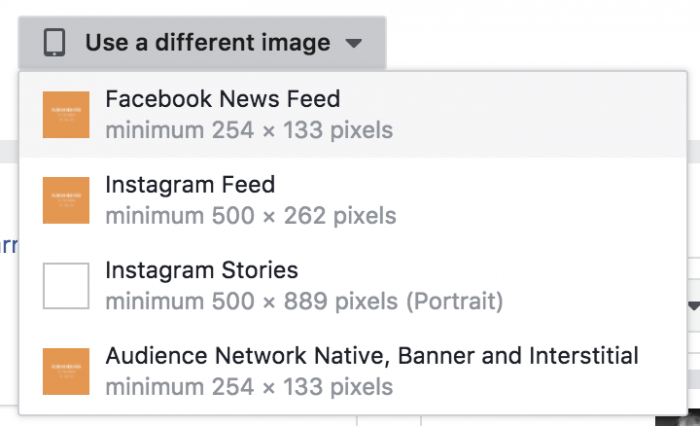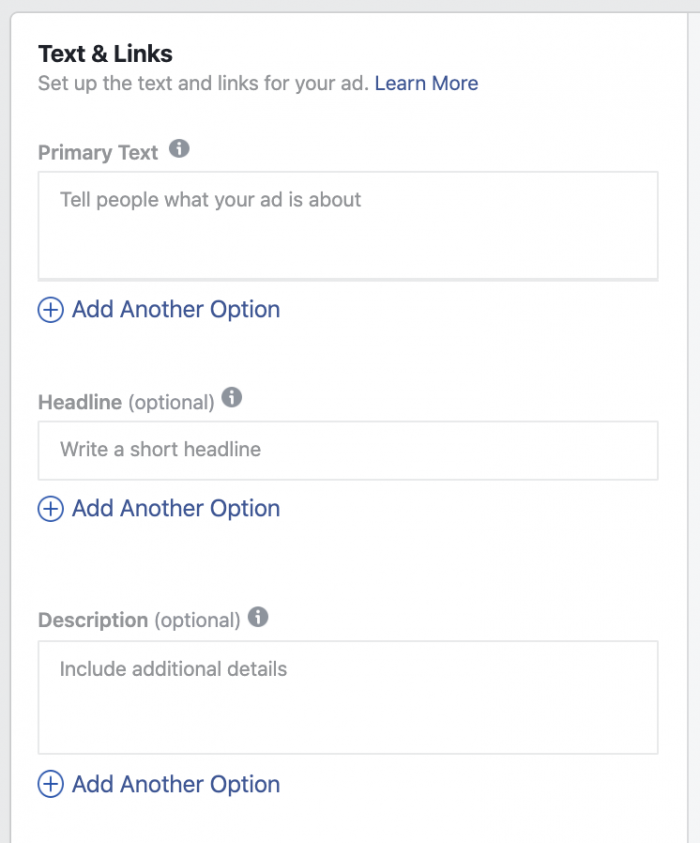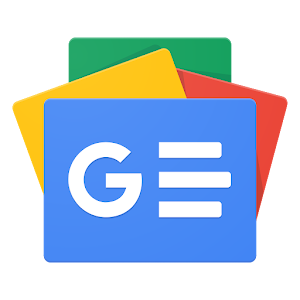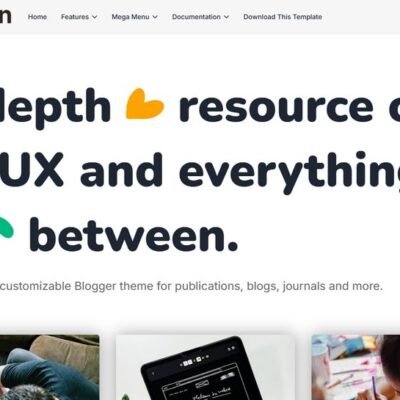There was a time when Facebook advertisers had near-total control over how their ads looked. A single ad consisted of:
- One image or video
- One primary text
- One headline
- One description
There were no aspect ratio variations by placement. One size (usually 1.91:1, but it depended on the ad type) was used everywhere. If you wanted to show a different version of an ad for a placement, you had to create a separate ad set and ad for it.
Because of this simple construction, advertisers had a clear vision of what did and didn’t work. They would create different ads to test combinations of ad copy and creative. They had control.
This setup made sense in the early years of Facebook advertising. But as placements multiplied and automation evolved, maintaining that level of control became difficult, if not impossible.
Most advertisers haven’t adapted. They still approach ad copy and creative as if they both require and retain that level of control. But the reality is very different.
The Early Era of Simplicity (Pre-2017)
In 2013 and 2014, advertisers had a limited set of placements:
- Desktop News Feed
- Mobile News Feed
- Right Column on Desktop
- Right Column on Mobile
Here’s a screenshot from Power Editor that shows how we selected placements back then…

That was it. There was little need for variations, and Meta didn’t offer the ability to customize by placement. A single asset was used everywhere.
By late 2017, things had started to become a bit more complicated. There were 12 official placements…
Facebook:
- Feeds
- Instant Articles
- In-Stream Videos
- Right Column
- Suggested Videos
Instagram:
Audience Network:
- Native, Banner and Interstitial
- In-Stream Videos
- Rewarded Videos
Messenger:
This expansion pushed advertisers to think more broadly. The ad creation tools still revolved around fixed combinations, unless you were willing to build each ad manually for every placement.
Even with 12 placements, a single ad still represented one combination of ad copy and creative. No variations.
The First Wave of Automation (2017–2019)
In 2017, Meta introduced Dynamic Creative, allowing advertisers to submit up to 30 creative elements for a single ad:
- 10 images or videos
- Five primary text options
- Five headlines
- Five descriptions
- Five CTA buttons
Meta would automatically mix and match these to find the best-performing combinations. This was optional and largely treated as a testing tool (rightly or wrongly). The default ad creation flow still centered on a single combination of creative, primary text, headline, and description.
Later that year, advertisers were given the ability to customize creative by placement for the first time.

Advertisers no longer needed to use the same image or copy across all placements. This change eliminated the need to create separate ads for each placement just to use different visuals or text.
In 2019, Meta added Multiple Text Options, taking a feature from Dynamic Creative and applying it more broadly.

This allowed advertisers to submit up to five variations of primary text, headlines, and descriptions for Traffic, App Installs, and Conversions objectives. The control gap began to widen: You could still provide specific inputs, but Meta was doing more of the assembly.
The Current Landscape (2025)
Today, the idea of “control” looks very different. You still submit ingredients, but the final output is far less predictable, and far more varied.
Here’s why:
1. There are 26 placements, each with different layout rules, text limits, and creative treatments.
2. Advertisers are encouraged to submit three aspect ratios for image and video assets to fit placement groups of 1:1, 9:16, and 1.91:1.
3. You can still customize ad copy and creative by placement (and you should for optimal results).
4. Advertisers can manually submit up to five variations of primary text, headlines, and descriptions.
5. Meta may recommend or auto-generate an additional five variations of each text field using AI that advertisers can apply.
6. If Advantage+ Creative is enabled, Meta can apply several creative enhancements automatically. Optional enhancements for single image and video ads include:
- Adjust brightness and contrast
- Show products
- Add details to ad layout
- Add overlays
- Add dynamic overlays
- Enhance CTA
- Expand image
- Image animation
- Music
- Relevant comments
- Store locations
- Text improvements
- Video effects
- Video expansion
- Visual touch-ups
- 3D animation
- Add site links
All of these generate additional variations of your ads.
The result? A single ad is no longer a clearly defined unit. Instead, it’s a collection of copy, images, videos, and AI-enhanced variations that Meta assembles dynamically, depending on the user, placement, device, and more.
An ad no longer represents a single, defined combination. It can now involve hundreds, if not thousands, of possibilities.
From Inputs to Ecosystem
What used to be a simple, clearly defined creative decision is now a branching ecosystem:
1. You provide inputs (text, images, videos).
2. Meta builds combinations (manual or AI-assisted).
3. Meta renders those combinations differently across up to 26 placements.
4. Enhancements may alter those combinations further.
Your submitted ad becomes one of many possible versions. What users see depends less on what you submitted and more on how Meta’s systems interpret, optimize, and deliver it.
Your “ad” is no longer a clearly defined set of components. It’s now a collection of assets, or “ad pieces,” that can be combined to create limitless variations of your ad so that the right version can be shown to the right person in the right location at the right time.
In many ways, the modern “ad” behaves more like how we perceived the ad set.
The New Role of the Advertiser
The problem is that many advertisers still approach their role in ad creation as if it’s a pre-2017 world where an ad is clearly defined. But the environment is much different now, and so is your role.
Today, your job isn’t to dictate exactly what the ad looks like. Instead, it’s to provide high-quality ingredients.
That means:
1. Writing copy that’s flexible, compelling, and modular.
2. Supplying creative that works across formats and aspect ratios.
3. Understanding that your inputs may be swapped, trimmed, enhanced, or reassembled.
Control hasn’t disappeared, but it’s shifted. You’re no longer controlling the final output. You’re shaping the possible paths Meta’s system can take.
And in this new era, embracing that shift is what separates outdated advertisers from those who thrive within the platform’s ever-evolving ecosystem.
How This Impacts Creative Testing
This evolution of an advertiser’s role in the assembly of ad copy and creative results in uncertainty, which makes advertisers uncomfortable. It could also mean a shift in how we approach creative testing.
When we have complete control over variables and variations, it makes sense to isolate the best combination of ad copy and creative to optimize results. That was easy to do since an ad reflected a single combination.
But that’s not true now. Since a single ad is composed of hundreds or thousands of combinations and variables, the old rules of “finding a winning combination” no longer apply in the same way. A single, effective ad is a collection of many winning combinations.
That doesn’t mean that you ignore the results for individual ad copy and creative variations, though I suggest that looking at results in aggregate makes far more sense now. But instead of micromanaging results based on this information, we learn from them and apply these adjustments to future ads.
Your Turn
Anything you’d add to how an advertiser’s role with ad copy and creative has evolved?
Let me know in the comments below!




